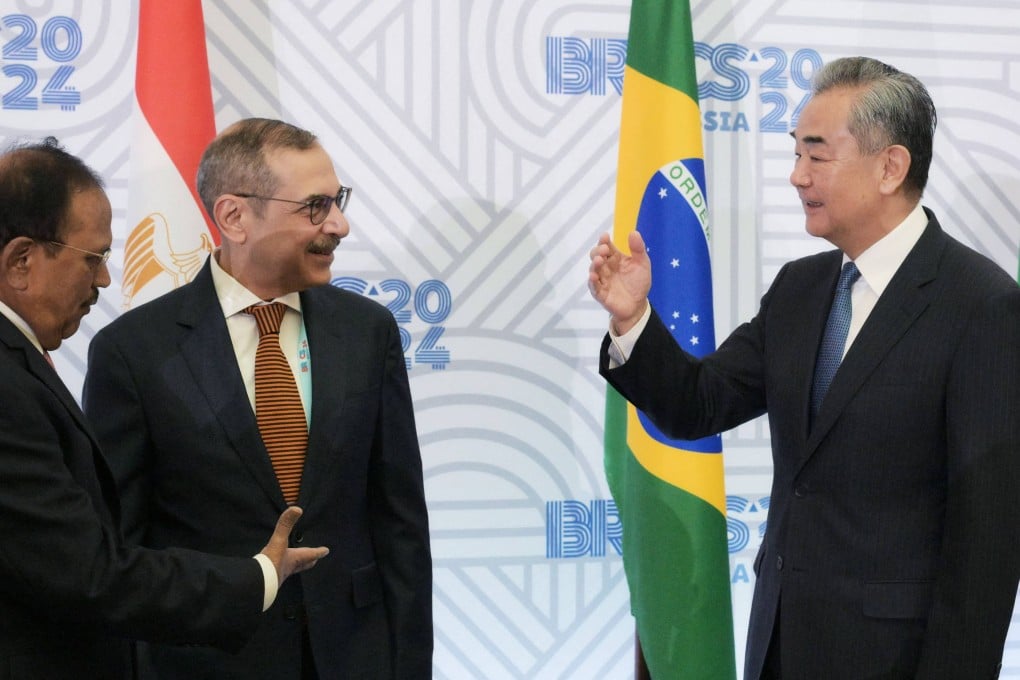Advertisement
‘Keen to move forward’: India, China signal thaw in ties with diplomatic, border efforts
But analysts say India needs to do more, such as visa reforms and joint ventures, to woo Chinese investment and ‘encourage FDI spillovers’
Reading Time:4 minutes
Why you can trust SCMP
7

After years of heightened border tensions, India and China are showing signs of de-escalation, with recent diplomatic talks offering a hopeful glimpse into improved economic ties and future cooperation.
Advertisement
Both nations released statements indicating positive progress following discussions between India’s National Security Adviser Ajit Doval and Chinese Foreign Minister Wang Yi at a Brics meeting in St Petersburg on Thursday last week.
The Indian Ministry of External Affairs noted that the meeting provided a platform to review efforts toward resolving outstanding issues along the Line of Actual Control, the pair’s de facto border – essential for stabilising and rebuilding relations.
Just hours before the gathering in Russia, Indian External Affairs Minister S. Jaishankar announced at a Geneva Centre for Security Policy talk that roughly 75 per cent of India’s “disengagement problems” with China had been resolved.
Earlier that week, he had emphasised his country’s openness to economic engagement with China during his discussions in Berlin with German Foreign Minister Annalena Baerbock on September 10, saying India is not “closed to business from China”.

The day after the Brics meeting, Chinese Foreign Ministry spokeswoman Mao Ning confirmed that both countries’ militaries had achieved “disengagement in four areas in the Western sector of the China-India border, including the Galwan Valley”.

Advertisement